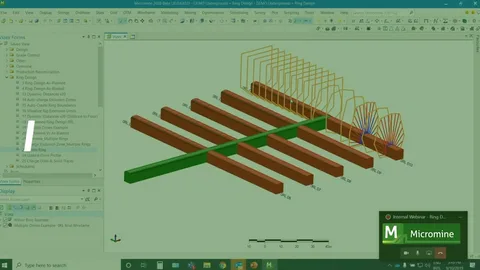Blast design crack software free download
Blast Design is a powerful and versatile software solution that has gained immense popularity among designers, architects, and engineering professionals. This cutting-edge tool offers a wide range of features and functionalities, making it an invaluable asset for anyone involved in the process of creating and visualizing designs. In this comprehensive article, we will explore the various aspects of Blast Design, including its features, technical specifications, system requirements, and the process of downloading and installing the software.

Software Overview:
Blast Design is a feature-rich software that caters to the needs of professionals in the design and engineering industries. It boasts a user-friendly interface and a wide range of tools that enable users to create, edit, and manipulate 3D models with ease. The software’s advanced capabilities include:
- Powerful Modeling Tools: Blast Design provides a comprehensive suite of modeling tools that allow users to create complex 3D models with precision and efficiency. From basic shapes to intricate designs, the software’s versatile toolset empowers users to bring their visions to life.
- Intuitive Interface: The user-friendly interface of Blast Design makes it accessible to users of all skill levels. The software’s intuitive layout and streamlined navigation ensure a seamless workflow, allowing users to focus on their creative process without getting bogged down by technical complexities.
- Rendering and Visualization: Blast Design offers advanced rendering and visualization features that enable users to create photorealistic representations of their designs. This functionality is particularly useful for architects, interior designers, and product developers who need to present their ideas in a visually striking manner.
- Collaboration and Sharing: The software supports collaborative workflows, allowing multiple users to work on the same project simultaneously. Additionally, users can easily share their designs with colleagues, clients, or stakeholders through various export options.
Technical Specifications:
- Version: Blast Design 2.5
- Interface Language: English, French, German, Spanish
- Audio Language: English
- Uploader/Repacker Group: Blast Design Team
- File Name: Blast_Design_2.5_Setup.exe
- Download Size: 487 MB

System Requirements:
Windows:
- OS: Windows 10, Windows 11
- Processor: Intel Core i5 or AMD Ryzen 5 (or higher)
- RAM: 8 GB or more
- Graphics: NVIDIA GeForce GTX 1060 or AMD Radeon RX 580 (or higher)
- Storage: 20 GB of available space
Adjusting Graphics Settings:
- Open Blast Design and go to the “Settings” menu.
- Select the “Graphics” tab.
- Adjust the following settings according to your system’s capabilities:
- Resolution
- Texture Quality
- Shadow Quality
- Anti-Aliasing
- Reflections
- Save the changes and restart the application for the settings to take effect.
Troubleshooting Common Issues:
- Slow Performance: If you experience slow performance, try lowering the graphics settings or closing any unnecessary background applications.
- Crash or Freezing: If the software crashes or freezes, try updating your graphics drivers or reinstalling the application.
- Import/Export Issues: If you encounter problems with importing or exporting files, ensure that you are using compatible file formats and check your network connection.

How to Download and Install:
- Visit the official Blast Design website (www.blastdesign.com) and navigate to the “Download” section.
- Select the appropriate version for your operating system (Windows or macOS) and click “Download.”
- Once the download is complete, run the installation file and follow the on-screen instructions to install the software.
- After the installation is finished, launch Blast Design and start exploring its features.
How to Use Blast Design:
- Upon launching the software, you will be presented with the main interface, which includes various tools and menus.
- Start by creating a new project or opening an existing one.
- Use the modeling tools to create and manipulate your 3D designs.
- Utilize the rendering and visualization features to create high-quality images and presentations.
- Collaborate with team members by sharing your designs and working on the same project simultaneously.
- Explore the software’s extensive documentation and tutorials to learn more about its advanced features and functionalities.

Leave a Reply